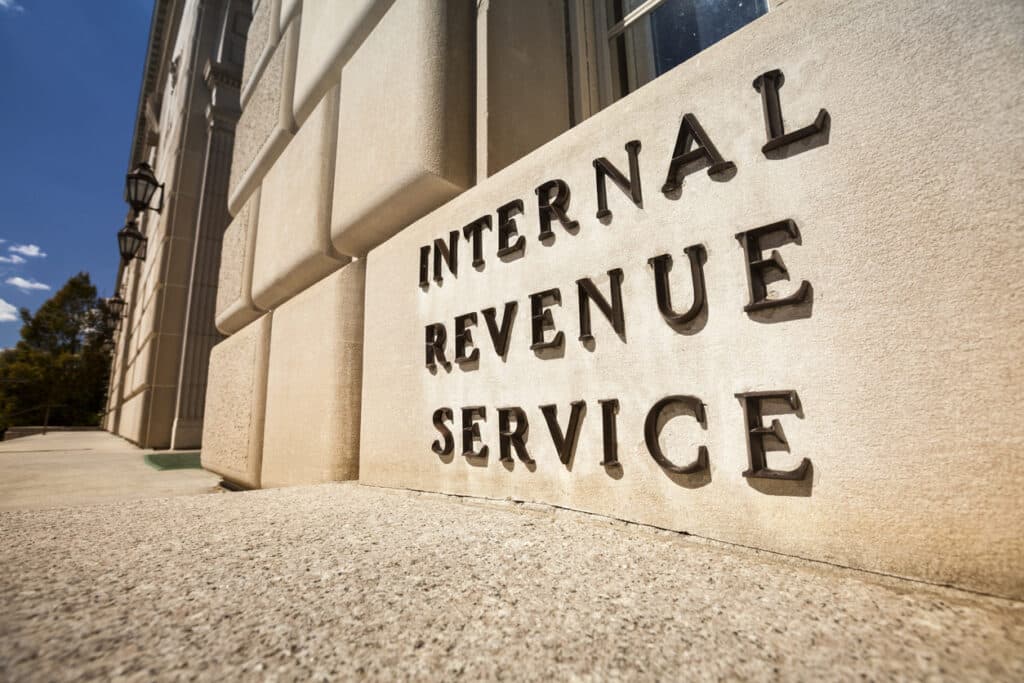Navigating IRS Street Addresses for Postal Delivery

Facing the tax maze? Pinpointing the right IRS street address for your tax documents is the key to a smooth journey. In this essential guide, we unlock the secrets to selecting the perfect IRS address, ensuring your tax returns and payments land safely and promptly.
Let’s make tax filing a breeze as we guide you through the steps to send off your paperwork to the correct destination confidently.
Where to Mail My Federal Tax Return?
Choosing the right IRS address for your tax documents is not just about making sure they arrive at their destination. It’s about compliance, avoiding delays, and ensuring your documents are processed in a timely manner. With the IRS encouraging electronic filing due to faster processing times and increased security, there are still instances where mailing documents is necessary or preferred by taxpayers and professionals alike.
IRS Street Addresses for Postal Delivery
For those who need or prefer to mail their documents, it’s crucial to use the correct address. The IRS designates specific addresses for Private Delivery Services (PDS), such as FedEx, UPS, and DHL Express. These services are approved for tax returns and payments, adhering to the “timely mailing as timely filing/paying” rule.
Submission Processing Centers
The IRS operates several Submission Processing Centers across the United States. Each center handles mail from different parts of the country. For example, if you’re using a PDS, you might be directed to send your documents to a processing center in Austin, TX, Kansas City, MO, or another designated location.
State-Specific Addresses
Taxpayers must also be aware of state-specific mailing addresses. These addresses vary depending on whether you’re enclosing a payment with your tax return. For instance, the address for taxpayers in Alabama sending a Form 1040 without a payment differs from those enclosing a payment.
International Taxpayers
For taxpayers outside the United States, including those in foreign countries, U.S. possessions, or with other international filing characteristics, the IRS provides specific addresses to ensure that international tax documents are processed efficiently.
How to Find the Right IRS Address
The IRS provides a comprehensive list of addresses based on the form you’re filing, whether you’re including a payment, and other criteria such as your state of residence or if you’re filing from a foreign country. Here are some general guidelines:
For Individual Tax Returns by State: Addresses vary by state for forms like the 1040 series, including amendments and extensions. Whether you’re enclosing a payment also dictates which address to use.
Tax Exempt and Government Entities: There are specific addresses for tax-exempt and government entity filings.
Using Private Delivery Services: If using a PDS, only certain services are designated by the IRS, and they have specific addresses for the Submission Processing Centers.
Electronic Filing: A Recommended Alternative
Despite the focus on postal addresses, it’s worth mentioning the IRS’s strong recommendation for electronic filing. This method is not only faster but also more secure, providing immediate confirmation of receipt. Free options are available for those who qualify, making it an accessible choice for many taxpayers.
Speed and Security
E-filing stands out primarily for its speed. Unlike paper filings that must navigate the postal system and manual processing, electronic submissions are virtually instantaneous. This rapid transmission means the IRS can process returns more quickly, leading to faster refunds for taxpayers. Security is another paramount advantage. E-filing uses advanced encryption technology to protect sensitive information, significantly reducing the risk of personal data being compromised compared to paper documents that can be lost or intercepted in the mail.
Confirmation of Receipt
One of the most valued features of e-filing is the immediate confirmation provided upon the successful submission of tax returns. This acknowledgment serves as proof that the IRS has received the documents, eliminating the uncertainty that often accompanies paper filings sent via mail. Taxpayers no longer need to wonder if their returns have safely arrived; the electronic confirmation provides peace of mind that their obligations have been met.
Encouraging Compliance and Simplifying Tax Filing
The shift towards e-filing aligns with broader efforts to encourage compliance and simplify the tax filing process. By offering a method that is both user-friendly and efficient, the IRS hopes to reduce the barriers to filing taxes accurately and on time. The ease of e-filing can also help simplify the tax process for many individuals, promoting better understanding and engagement with one’s tax responsibilities.
Navigating IRS Filing Options
Whether you’re filing a standard Form 1040, making a payment, or sending other tax-related documents, knowing the correct IRS street address is essential for timely processing. While electronic filing offers a faster and more secure option, understanding the IRS’s postal delivery system is crucial for those who choose or need to mail their documents. Always check the latest guidelines on the IRS website to ensure you’re using the correct address.
At Greenback Expat Tax Services, we specialize in assisting expats with their US tax obligations. Contact us today, and one of our customer champions will be glad to provide personalized advice tailored to your specific tax situation.



